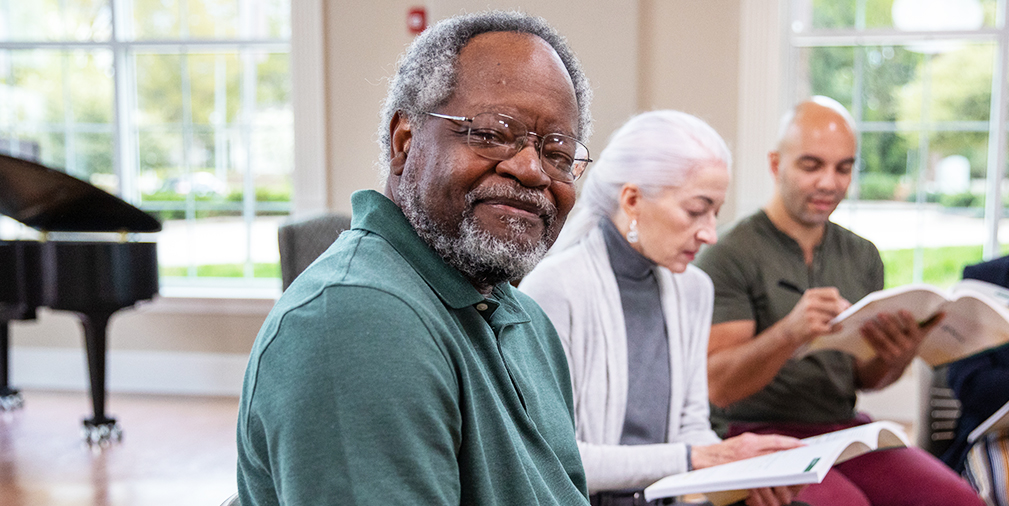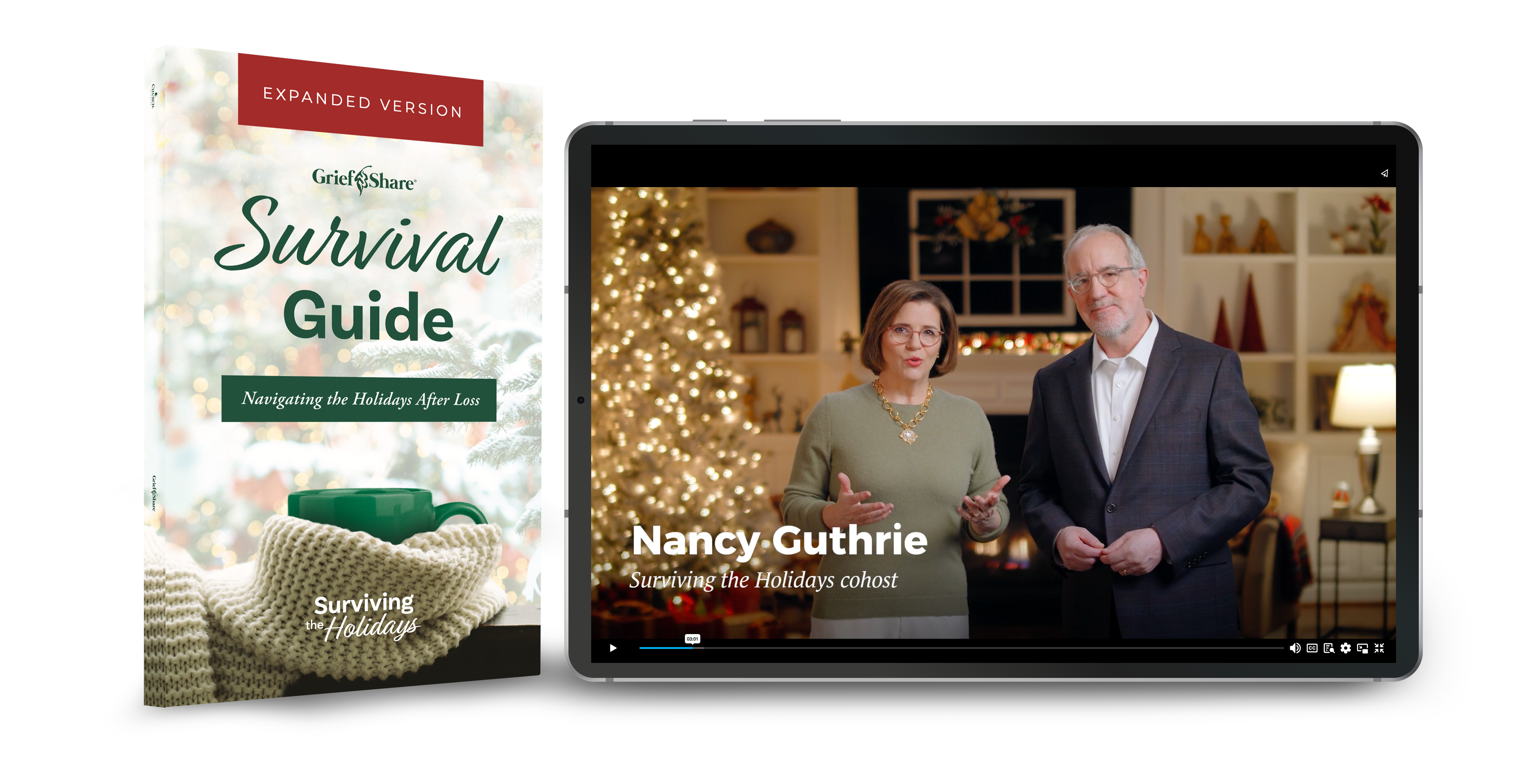Getting Started with a GriefShare Ministry

Grief is one of the most challenging experiences a person can face, and as a pastor or church leader, you have likely seen firsthand the toll it takes on individuals and families in your congregation. While churches often offer immediate support to grieving members, the long-term journey of healing is one that requires continued care. This is where a GriefShare ministry can make a lasting impact. Providing a structured, biblically-based support group like GriefShare not only helps people work through their grief but also fosters a community where healing and hope are cultivated.
Why your church needs a grief ministry
The need for grief ministries in churches has never been more evident. Every congregation has members who have experienced the loss of a loved one—whether recently or in the past. GriefShare provides a safe space where individuals can process their grief, share their stories, and find support from others who understand their pain. It’s not just about helping them move through their grief but about offering them biblical hope and encouragement.
By launching a GriefShare ministry, your church can offer a sustainable solution to one of the most profound emotional needs in the community: the need for ongoing bereavement support. People often feel alone in their grief, and your church can be the hands and feet of Christ in their healing journey.
Easy steps for getting started with GriefShare
Starting a GriefShare ministry is simpler than you might think. Here’s how to get started:
Get to Know GriefShare: Before anything else, take the time to understand the structure and goals of the program. GriefShare offers a comprehensive grief ministry curriculum that guides participants through a 13-week cycle of support. You can preview sample videos and materials to get a feel for how the program operates and how it can fit into your church’s ministries.
- Find the right leader(s): Every great ministry needs strong leadership. The good news is that leading a GriefShare group doesn’t require a professional counselor or therapist—what matters most is compassion, empathy, and a heart to serve. Look for individuals in your congregation who have a passion for helping others, perhaps those who have experienced grief themselves and are ready to help others on their journey.
- Where to look: Consider people who already lead small groups or provide pastoral care in your church. Ministry staff or experienced volunteers with good listening skills make excellent facilitators. You can also reach out to other ministry leaders to identify people who might have the right heart and skills for this role.
- Assessment considerations: When choosing a leader, ask these questions: Does this person display empathy and patience? Are they able to manage group dynamics effectively? Do they have a genuine desire to walk with people through difficult seasons? Most importantly, are they committed to the biblical foundation of the GriefShare program?
- Order the GriefShare kit: Once you have a leader, the next step is ordering the GriefShare kit, which includes all the videos, leader’s guides, and participant materials needed to start the group. The kit is designed to make implementation easy and provides everything you need to run the ministry smoothly.
- Promote the group: Spread the word! Use your church’s bulletin, website, and social media to let people know when your GriefShare group is starting. You may also want to reach out to local funeral homes, hospitals, or other churches to let them know you are offering a grief support group for the community.
Finding someone to lead the program
Choosing the right person to lead your GriefShare group is crucial. Leaders should have a heart for walking alongside others in their grief, offering compassion and understanding. In many cases, people who have gone through their own journey of loss are great candidates, as they can personally relate to the group members’ experiences.
If you’re unsure where to start, here are some ideas for finding a group leader:
- Ask within existing ministries: Look to leaders of small groups, pastoral care teams, or those who serve in ministries like counseling, prayer, or visitation. Often, these individuals have the relational skills needed to lead a GriefShare group.
- Talk to your congregation: Some people may feel called to lead in this area but haven’t stepped forward yet. You can make an announcement or offer an invitation for those interested in starting a grief ministry.
- Seek out someone who understands grief: Someone who has personally experienced grief, has gone through GriefShare themselves, or is already familiar with providing emotional and spiritual support may be your best candidate.
A sustainable way to support your congregation and community
Implementing a GriefShare ministry is not just a one-time solution; it’s a sustainable way to care for your congregation and your community over the long term. The program provides ongoing support, with groups running multiple times a year, and helps build a community of people who understand each other’s pain and are committed to helping one another heal.
By offering this ministry, your church can extend its reach beyond Sunday services, providing real, practical support to those in their most difficult seasons of life. This helps build trust and relationships, drawing people closer to Christ as they find healing in a safe, caring environment.
Take the first step
If you’re ready to start a GriefShare ministry in your church, the next step is easy. Download the Let’s Do This guide, which provides step-by-step instructions on how to get started, along with tips for success. This free resource will walk you through everything from setting up the group to promoting it within your community.
Download the Let’s Do This guide.
Have questions? Contact a coach to get personalized help with starting your GriefShare ministry.


